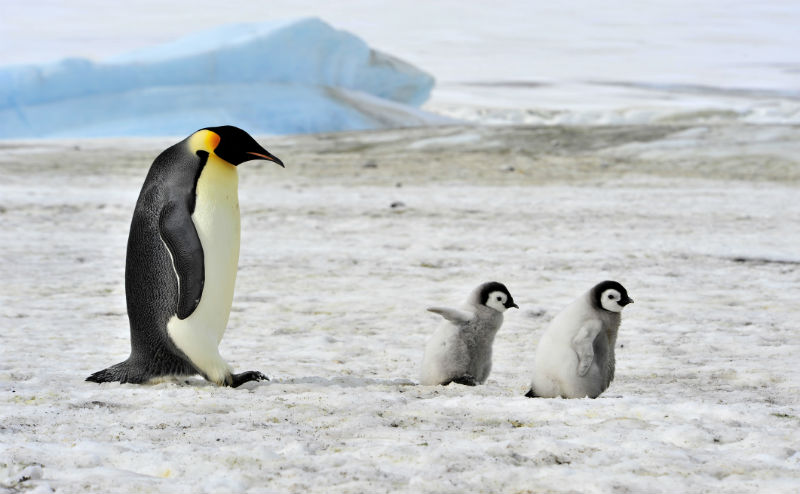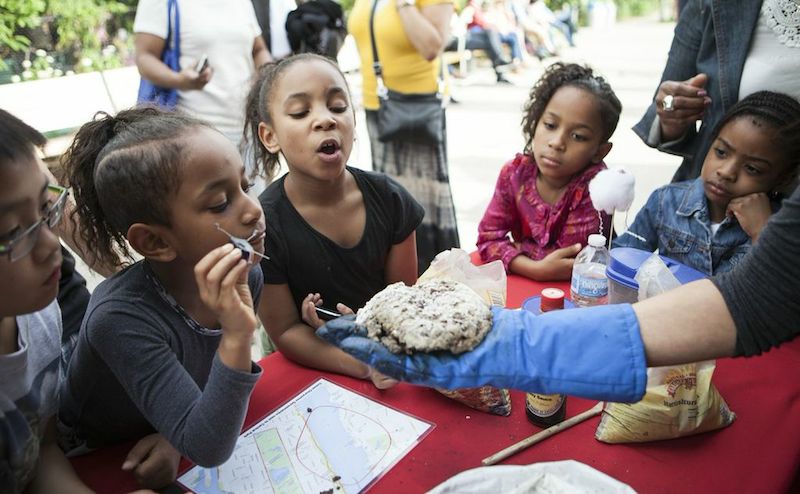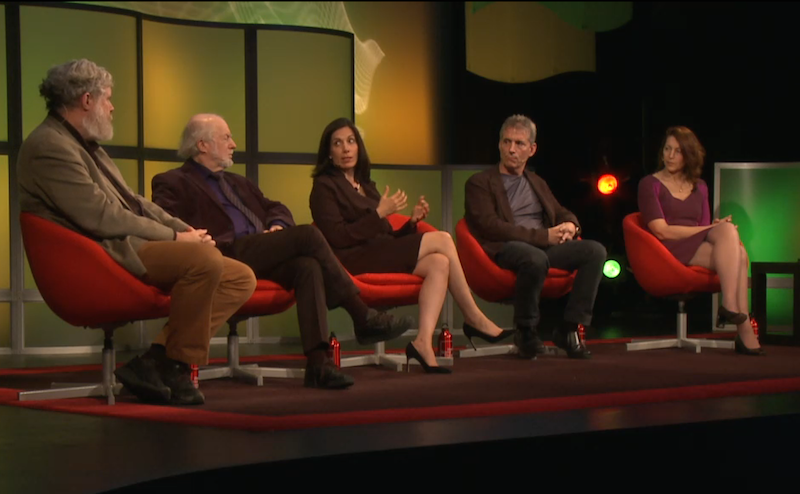Articles
There are lots of ways to be a dad in the animal kingdom. But as you’ll see, we’d probably find it a bit nicer to have a dad who’s like an Emperor Penguin, rather than one who would eat you up no matter what kind of tie you get him for Father’s Day. Here’s a look at some of the Fathers of the Year in the animal kingdom… plus a few that aren’t quite as nice. Owl Monkeys Stand By Their Ladies These primates are the under-appreciated dads of the animal kingdom. They tote their babies around pretty much all the time, except for when they latch onto mom to nurse. Also, male owl monkeys are steadfast mates, according to Stony Brook University primatologist Patricia Wright. DNA fingerprinting shows that the species is truly monogamous—a rarity, given that many animals thought to “mate for life,” like swans, will occasionally dally with others. But paternity tests in the field show that an owl monkey stands by his mate and raises his own kids. Seahorses Carry The Weight Just because they’re the poster child for fathering in the wild is no reason not to honor the seahorse dad, who is there for his …
Read MoreAt the 2014 World Science Festival, WNYC radio journalist John Hockenberry compared searching for alien life to searching for and settling into a new home: You need a real estate agent (an astronomer to find the right planet), an interior decorator (a planetary scientist to assess whether the environment is hospitable to life), a chef to check if there are the right ingredients in the kitchen (a biochemist), and an accountant to juggle all the numbers and make sure you’re looking in the right neighborhood (a physicist or computer scientist). Thankfully, the Festival panel Alien Life: Will We Know It When We See It? had all those essential ingredients in place: Harvard astronomer Dimitar Sasselov, MIT planetary scientist Sara Seager, Howard Hughes Medical Institute geneticist and biochemist Jack Szostak, and Arizona State University physicist Paul Davies. Hockenberry, who moderated the panel, asked the team to rate just how close we might be to discovering extraterrestrials.
Read More
Ask a meteorologist about the 1996 tornado thriller Twister, and they’ll either find it packed with howl-inducing inaccuracies, or enjoy it despite its flaws. Kathryn Prociv, a meteorologist and storm chaser, wrote in the Washington Post that she counts herself among the camp of weather buffs who love the film despite its scientific inaccuracies. However, that doesn’t stop her from highlighting some of the groaners in store. For instance, the lead storm chaser (played by Bill Paxton) knows that a twister’s on the way when the sky turns green, but that’s actually not a fool-proof sign: “A green sky is actually a real phenomenon with severe thunderstorms,” Prociv writes. “Storms that appear green are usually at least 50,000 feet high and green is the only wavelength filtered through the thick cloud. Any storm that is 50,000 feet tall is likely capable of producing severe weather such as very large hail and tornadoes, but it does not guarantee a tornado as implied in the movie.” When they do arrive, the tornadoes of Twister also turn out to be a lot more nimble than their real-life counterparts. While a real-life twister does wobble or curve on its path, it doesn’t make the skittery, rapid zig-zags …
Read More
Imagine living in a city where science and creativity combine to solve complicated urban problems. Science Hack Day is a two-day event that brings together scientists, designers, innovators, and developers who will invent, build, and test their solutions to these problems. Check back throughout Saturday and Sunday to see how the hacks progress, and don’t forget to vote on Sunday for your favorite hack! <a href=”https://polldaddy.com/poll/8083718/”>Citizen’s Choice: Favorite Hack?</a>
Read MoreThe fourth day of the 2014 World Science Festival brought hackers, chemists, pastry chefs, authors, astronauts, and tons of other experts together to teach, entertain, and amaze visitors. Saturday saw a triple-header of delicious food events: physicist Naveen Sinha and the chocolatiers at The Mast Brothers investigated the science of chocolate, while pastry chef Michael Laiskonis and NYU scientists David Grier and Kent Kirshenbaum treated attendees to an immersive course in the chemistry of butter. And the scientists behind artisanal bitters company Shoots and Roots took visitors on a botanical tour of biodiversity hotspots with their handcrafted bitters, some of which were incorporated into the artful cocktails of wd~50 and Alder mixologist Kevin Denton. A small group of attendees spent most of Saturday soaking up a curated science curriculum from a dream team of professors at “World Science U For A Day.” Among the offerings was a lecture on quantum mechanics from Festival co-founder Brian Greene; an examination of the Higgs boson from Caltech scientist Maria Spiropulu, and more. (If you didn’t get to enroll in this program, there’s a hoard of other engaging lectures over at World Science U). Over in Brooklyn, inventive citizens flocked to Science Hack Day, a two-day …
Read MoreShould there be limits on using genetic techniques to make healthier—or perhaps one day, even enhanced—humans? This was the Big Idea on the table Thursday night at Designer Genes: Fashioning Our Biological Future, a program of the 2014 World Science Festival. Genetic engineering was one of the first major scientific breakthroughs to be subject to meaningful public scrutiny, said panelist Sheldon Krimsky, a Tufts University bioethicist. In 1976, when scientists were first attempting to perfect the art of recombinant DNA techniques—inserting new genes into bacteria—Cambridge, Massachusetts mayor Alfred Vellucci attempted to ban the practice, which would have greatly inconvenienced the scientists of Harvard University and MIT. But scientists themselves were also hesitant to proceed with genetic techniques unchecked.
Read More













